Subtle Ways Your Dog Tells You When You’re Acting Weird
Dogs are observant to the point of genius. A shift in your tone, movement, or mood rarely slips past them. They notice details you don’t by reading emotion through body language, scent, and habit. Below are a few small but telling ways dogs respond when the humans they trust start behaving just a little out of the ordinary.
Side-Eye Stare
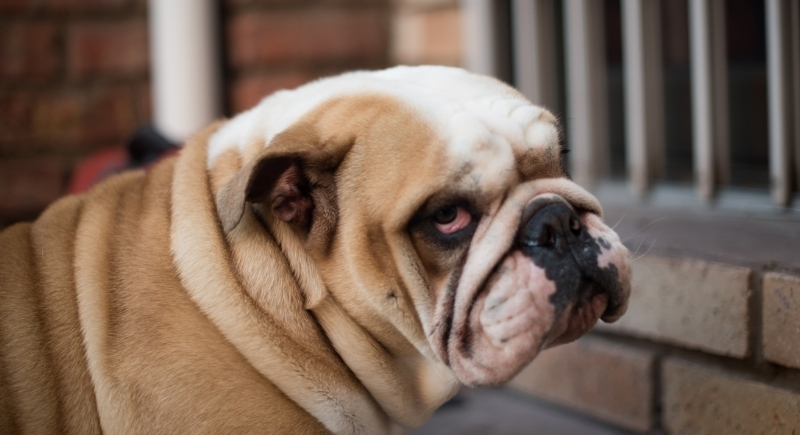
Credit: Getty Images
A flash of white in your dog’s eyes, sometimes called “whale eye,” shows unease or uncertainty. It’s a sign they’re not sure what’s happening but prefer to watch from a safe angle. The return of a calm tone and steady movements usually tells them everything’s fine again.
Overly Enthusiastic Licking
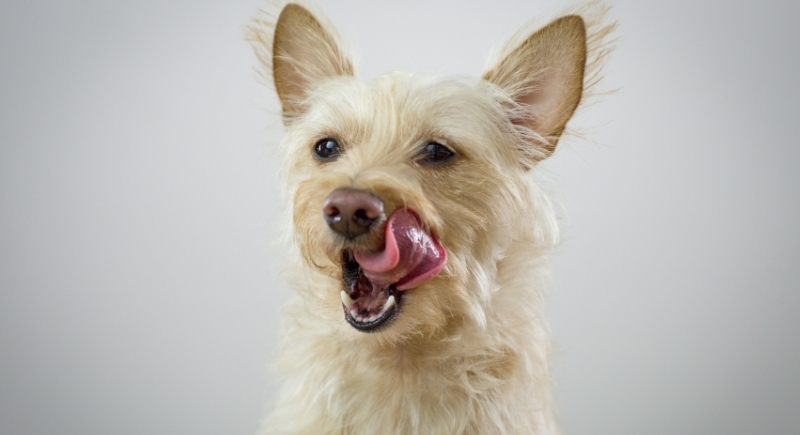
Credit: pixabay
When your dog starts rapidly licking their lips, it’s a sign of uneasiness. Dogs do it when they sense tension or sudden emotion. A dropped plate, raised voice, or awkward silence can prompt it. It’s their version of saying, “We’re good, right?” as a subtle attempt to smooth out awkward human moments.
Sudden Pacing Patrol
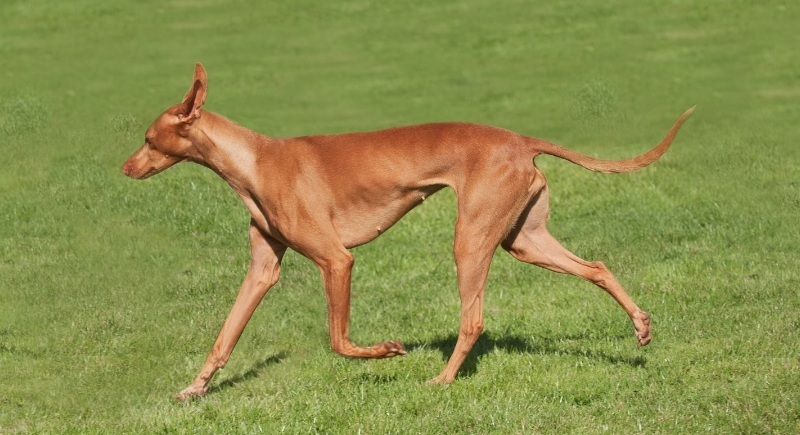
Credit: Canva
When your normally calm dog starts pacing back and forth, it’s not random restlessness. Animal experts say pacing often signals stress, confusion, or an effort to burn off anxious energy. Dogs mirror human emotions more than we realize, so if you’re frustrated or tense, they’ll pick up on it.
Mysterious Disappearing Act
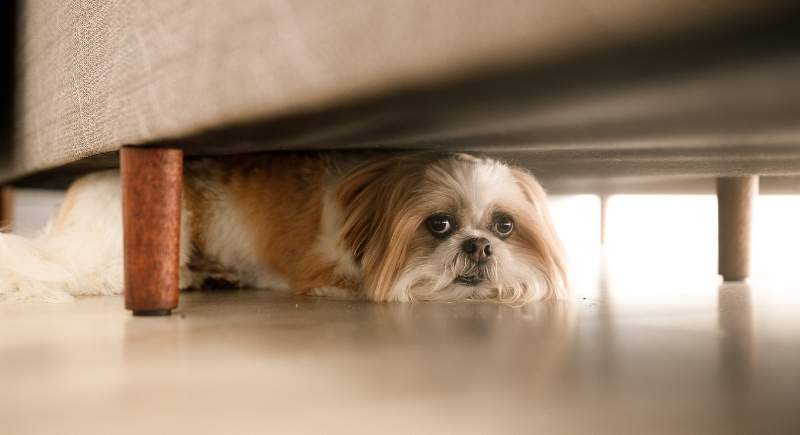
Credit: Getty Images
When your dog leaves the room during chaos, they are attempting self-preservation. Dogs instinctively distance themselves from loud noise, sharp gestures, or emotional tension. Behaviorists note that this temporary withdrawal prevents stress overload. Once your mood or tone softens, they’ll reappear on their own.
Freeze Frame Pose
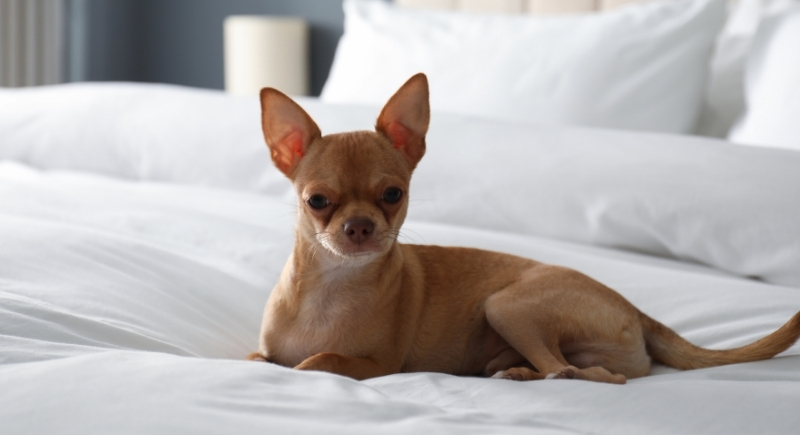
Credit: Canva
If your dog suddenly goes still with stiff legs and a tight jaw, they’re assessing a situation. This freeze response happens when they’re unsure what to expect, like if you trip, dance, or startle them. Experts say it’s a sign of careful observation. Once they decide it’s harmless, they’ll relax and resume normal movement.
Tail Miscommunication

Credit: Getty Images
Tail position and speed of movement are highly linked to your dog’s emotions. A loose, sweeping wag signals friendliness, but a rigid, high-held tail shows tension or alertness. Moreover, a stiff wag during loud music or erratic movement means your dog’s unsure. They’re not angry, just on edge until they confirm everything’s fine.
Head Tilt of Pure Confusion

Credit: pexels
That adorable head tilt is how dogs locate sound and interpret tone. Studies show they tilt to align their ears and improve comprehension. When you talk in a new voice, laugh unexpectedly, or say words they don’t know, that tilt means, “I’m trying to figure out what you just said.”
Yawning Without Bedtime
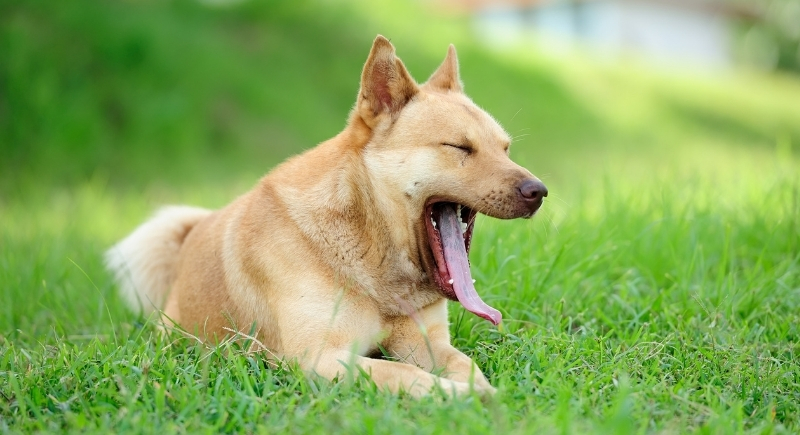
Credit: Getty Images
Yawning outside of nap time means stress management. Dogs often mirror human emotions, and a yawn helps them calm both themselves and you. It’s their version of taking a breath when tension builds. If your dog yawns while you’re frustrated or rushing, they’re resetting the emotional tone of the room.
Unexpected Paw Lift
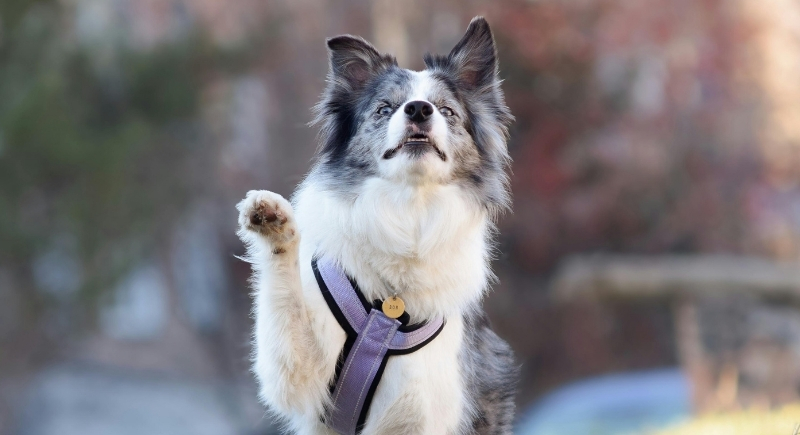
Credit: pexels
A raised paw signals uncertainty or concentration. It can appear during training, in new environments, or in confusing human behavior. It’s essentially a “thinking pose” that shows your dog is waiting for a cue or reassurance.
Exaggerated Shake-Off
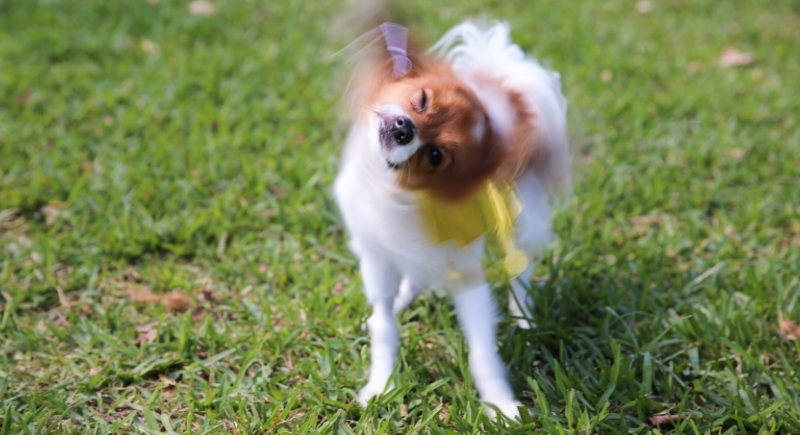
Credit: Getty Images
After a surprise hug, dogs often shake their bodies from head to tail, even though they’re dry. The goal of that is to release tension or confusion and restore balance after stress. If your pup does a big shake after you’ve been loud, animated, or upset, it’s their way of hitting the reset button.